The walls behind sinks, stoves, and other appliances in Kitchens are splattered by food, grease, or water. A short back splash is not enough. The laminate sheet backsplash is the answer.
Full-wall sheet back splashes are a great look for kitchen and bathroom designs. They’re often made from laminate countertops. The logical outcome of backsplash evolution is this. It is the best material for protecting walls, as it is seamless, smooth and usually a solid colour. It is a popular choice for designer kitchens and any kitchen with a sleek, ultra-modern style.
What is a Laminate Sheet Background?
Kitchens and bathroom are areas with high impact. Kitchens and bathrooms are high-impact areas.
This area can be tiled with porcelain or mosaic glass tiles, covered with metal ceiling panels or painted glossy.
The term sheet backsplash refers to a large continuous sheet of material used as a backsplash. This is usually done behind a counter in the kitchen or bathroom. The purest form of a backsplash is also called a panel or slab. It runs horizontally along the length of the counter and vertically, from the countertop to the bottoms of the cabinets.
Countertop laminate is the most popular material for sheet backsplashes. The large format of laminate, combined with its reasonable cost, makes it perfect for sheet backsplashes.
Seamless Backsplashes for Easier Cleanup
Sheet backsplashes are a great option because they provide protection without any or very few seams. The seams can make cleaning up the kitchen difficult. This is one of the reasons why tiles are not used more often.
Sheet backsplashes differ from those made up of tiles or hundreds of smaller units, which create grouted joints. Seams can collect dirt and require maintenance, such as sealing. They may also fail.
The Backsplash Laminate Sheet
- Height is 18 inches minimum, since that is the distance between the countertop and the bottom edge wall cabinets. The horizontal seams of sheet backsplashes are rare.
- Length Length depends on the material used, since some sheets have a maximum production length. Solid surface materials (such as Corian brand) are limited to 140 inches in length, while retail sheet laminates can be up to 144 inches.
- Single Sheet: While a large sheet is usually used for a sheet back splash, others are made from several large bonded panel. These panels can also be used as sheet backsplashes as long as they are not visible. Two counter materials, solid surface and Quartz, can be bonded to create virtually invisible seams.
- Costs : The cost of installing sheet-glass backsplashes ranges from $50 to $80 a square foot. Quartz and Solid Surface are the same price per square foot. Installing a basic laminate sheet backsplash yourself can cost less than $5 per sq. foot.
- Colors Solid color sheet backsplashes are still the most popular, a result of the back-coated glasses being the most common material.
- Graphics Large sheets with veined and striated marble can be found in many kitchens. Laminate is the most versatile material for non-solid visuals. Some designers use laminate with a linen-like finish for their sheet backsplashes.
Pros
- Continuous sheets means no seams or breaks. Seams or cracks can harbor food particles, dirt and other debris which make it difficult to clean.
- Seams : Since tile grout is porous it must be sealed immediately after installation, and again periodically.
- Appearance : Sheet backsplashes can be found in high-end kitchens. A continuous backsplash can give a kitchen a more premium appearance.
- No Scratch Finish: The paint is applied on the back of the glass, and it cannot be scratched off by daily use.
You can also find out more about Cons
- Professional Install Due to the size of the material used, it is best to leave the installation of sheet backsplashes in the hands and expertise of professionals.
- Crack Transmission: Using individual units such as tiles has the advantage that cracks remain within each unit. Cracks that start on one tile will rarely spread across the grout seam to other tiles. Sheet materials do not have a containment method, so cracks can spread throughout the sheet.
Backsplash Sheets
- Glass : Because of its non-porous nature and the process of back-coating, glass is an extremely popular material for sheet backsplashes.
- Solid surface, Quartz, Stone Any homogeneous countertop material, such as solid surface, quartz or natural stone, can be used to create a sheet back splash. However, the cost of countertop thickness materials can be prohibitive. Solid surface, a countertop material available in a 1/4-inch thickness (countertop solid surface is 1/2 inch thick), is one of the thinner materials.
- Countertop laminate: Laminate is the most cost-effective material to use for a sheet back splash. Solid-color laminate sheets are available for $2 to $5 a square foot in local home improvement shops and can be bonded with medium density fiberboard.
- Stainless Steel : Stainless steel has been used for many years in restaurants as a material to make sinks and counters. It is also a good choice for backsplashes because it is a durable, long-lasting metal.
Do-It-Yourself Sheet Backsplash Installation
Many DIYers have created their own sheet backsplashes using laminate and glass.
Laminate
When building a large format backsplash, laminate is the best sheet material to use. Countertop distributors may have 10-foot-long sheets if you need them. Local home centers might only stock 8-foot sheets.
The material for vertical applications must be bonded with MDF or particleboard of #45 density that is 3/8 inch thick. Attach the MDF with adhesive to the wall or screw into studs using small-headed screws.
Glass
Some DIYers have succeeded in removing back-coated glass from backsplashes. The size of the backsplash may be limited due to transportation and cost issues.
Spray paint can be used to cover the back of glass. Apply several coats in order to achieve a uniform, solid color. You can also mix different colors and apply them in streaks to create a lively, fun effect.





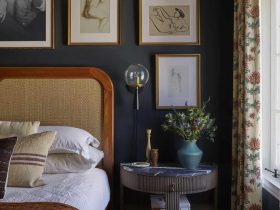
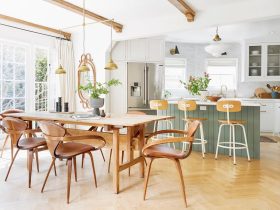
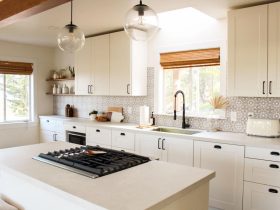
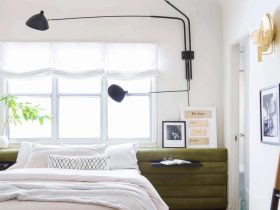
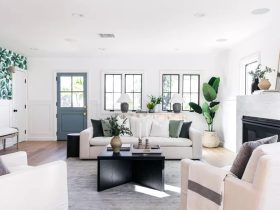
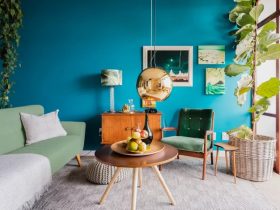
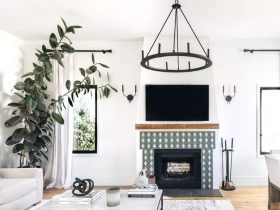
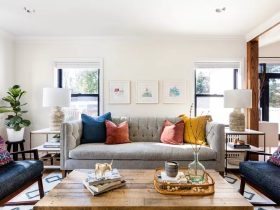
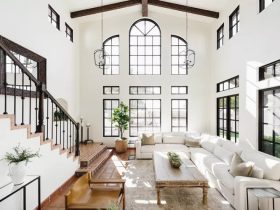
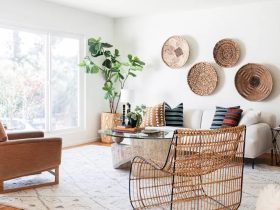
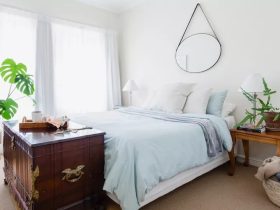
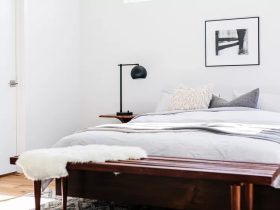
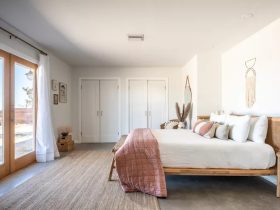
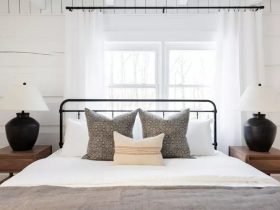
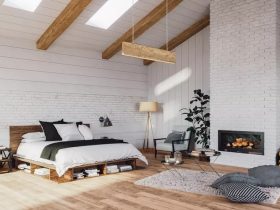
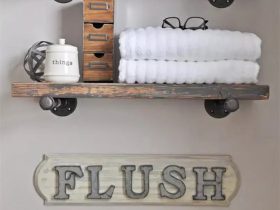
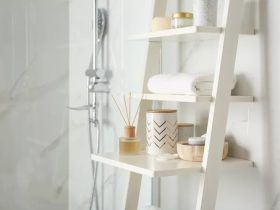
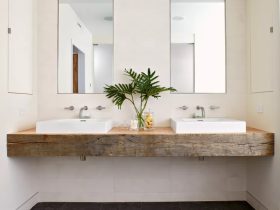
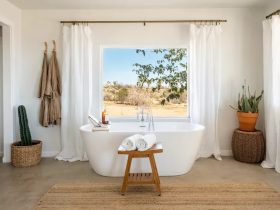
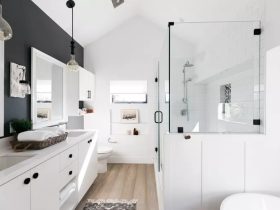
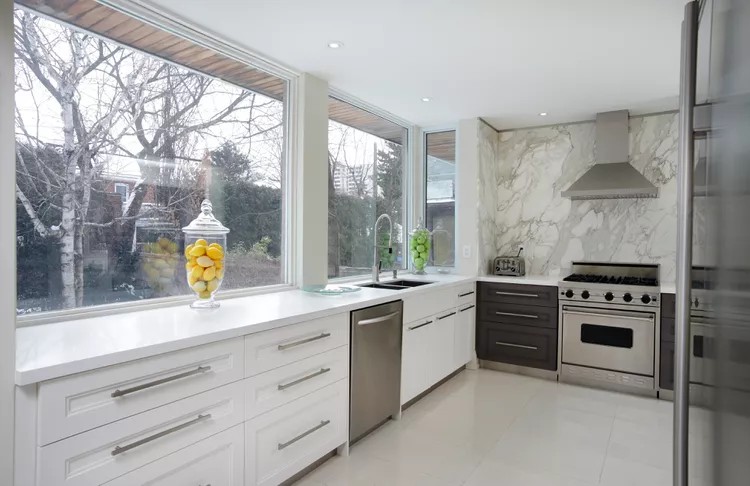
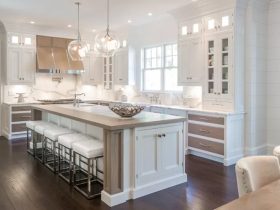

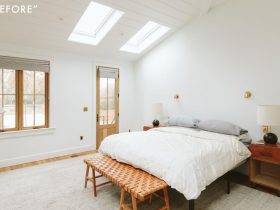
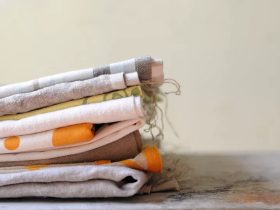
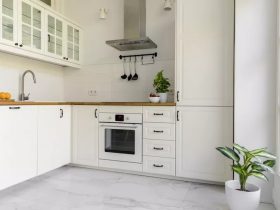
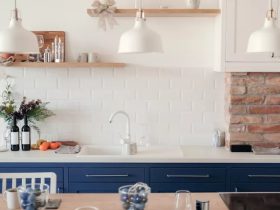
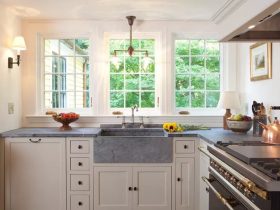
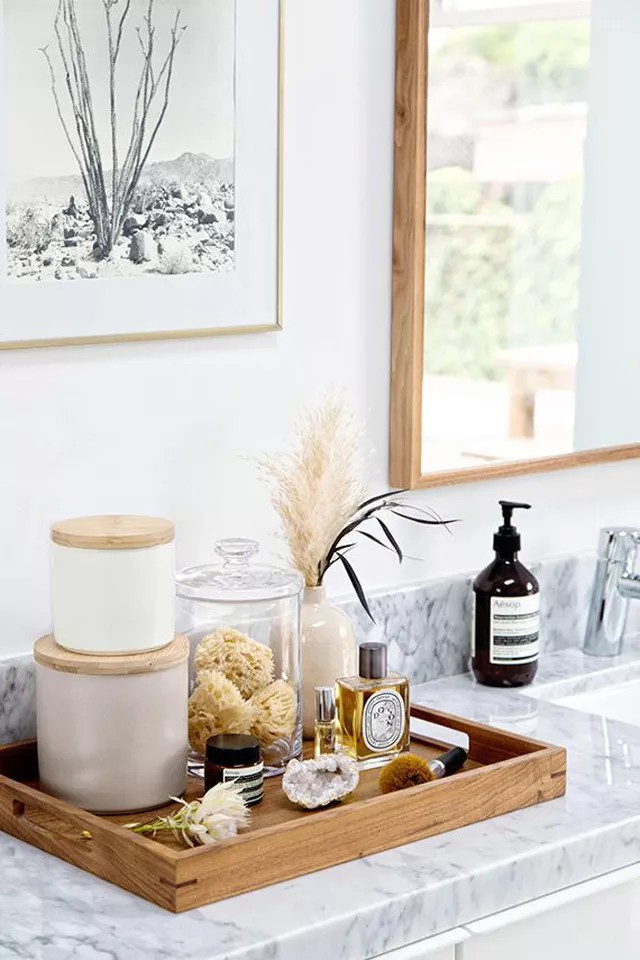
Leave a Reply